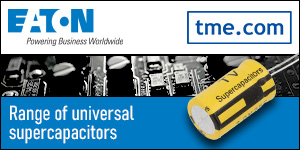A new semiliquid lithium metal-based anode has been developed by researchers from Cargenie Mellon University’s Mellon College of Science and College of Engineering. The metal-based anode represents a new paradigm in battery design.
Lithium batteries made using this electrode type could be higher in capacity and be much safer than typical lithium metal-based batteries that use lithium foil as anode.
“Incorporating a metallic lithium anode into lithium-ion batteries has the theoretical potential to create a battery with much more capacity than a battery with a graphite anode,” said Krzysztof Matyjaszewski, J.C. Warner University Professor of Natural Sciences in Carnegie Mellon’s Department of Chemistry. “But, the most important thing we need to do is make sure that the battery we create is safe.”
One proposed solution to the volatile liquid electrolytes used in current batteries is to replace them with solid ceramic electrolytes. These electrolytes are highly conductive, non-combustible and strong enough to resist dendrites. However, researchers have found that the contact between the ceramic electrolyte and a solid lithium anode is insufficient for storing and supplying the amount of power needed for most electronics.
The matrix remains flowable at room temperatures, which allows it to create a sufficient level of contact with the solid electrolyte. By combining the semiliquid metal anode with a garnet-based solid ceramic electrolyte, they were able to cycle the cell at 10 times higher current density than cells with a solid electrolyte and a traditional lithium foil anode. This cell also had a much longer cycle-life than traditional cells.
The researchers believe that their method could have far reaching impacts. For example, it could be used to create high capacity batteries for electric vehicles and specialized batteries for use in wearable devices that require flexible batteries. They also believe that their methods could be extended beyond lithium to other rechargeable battery systems, including sodium metal batteries and potassium metal batteries and might be able to be used in grid-scale energy storage.




